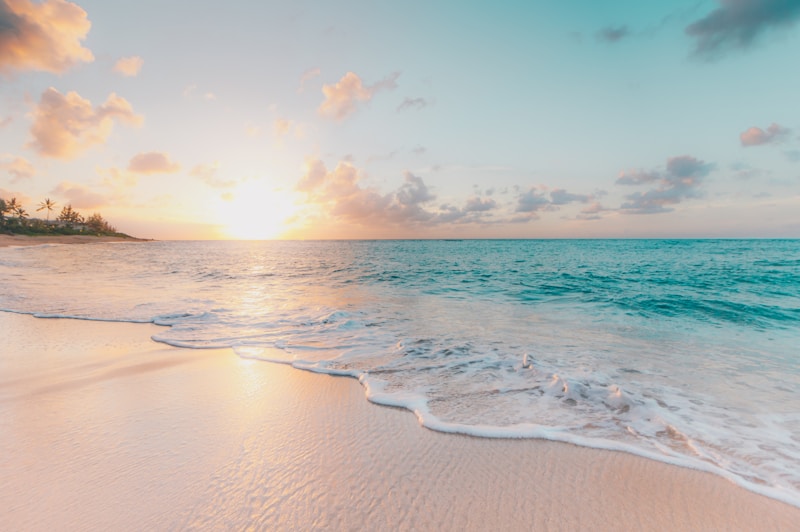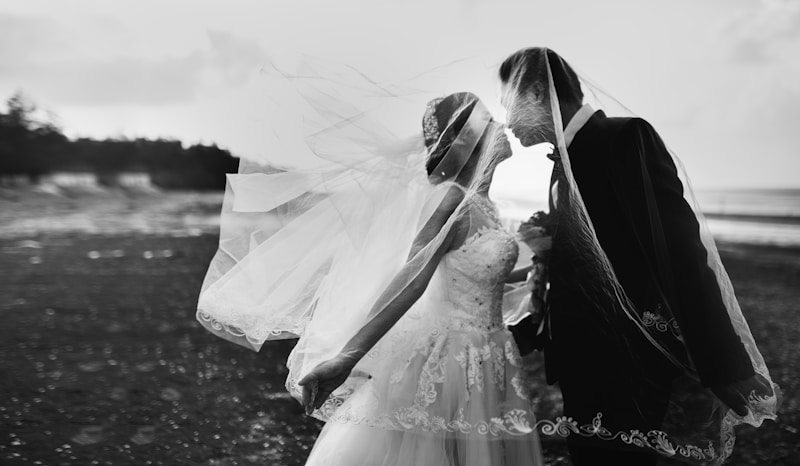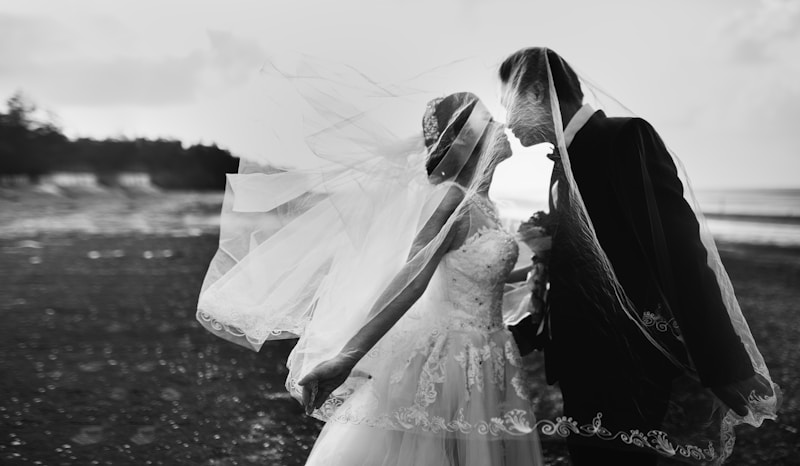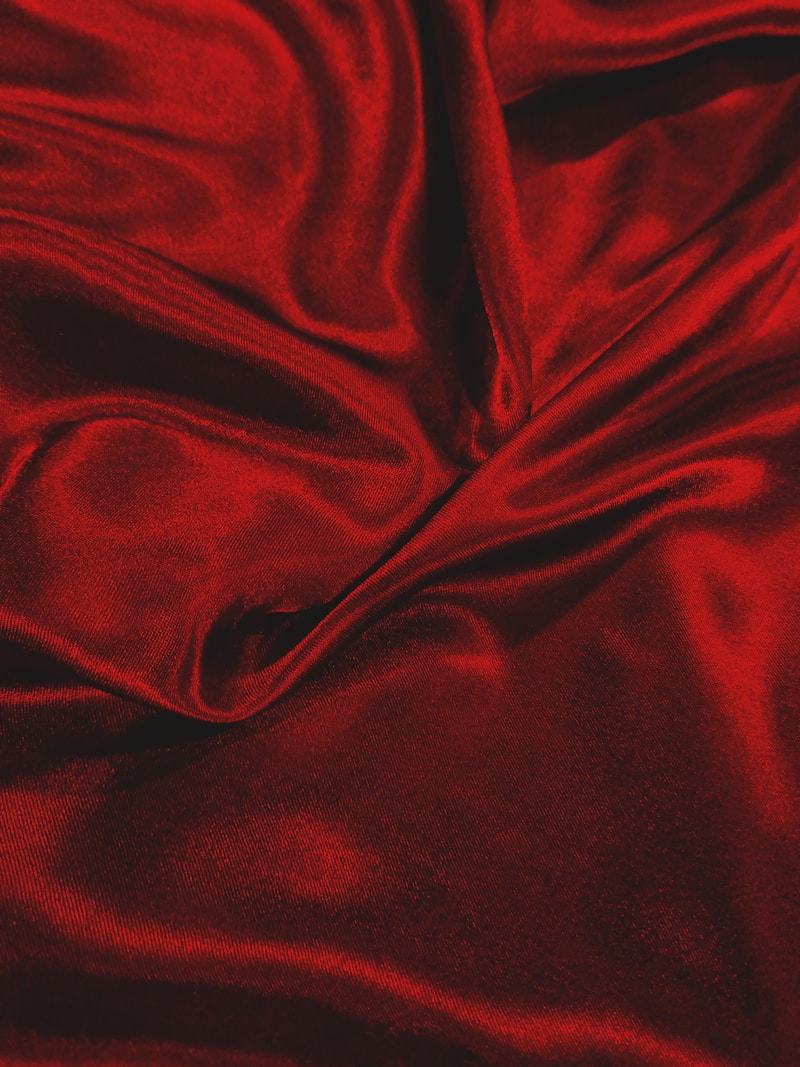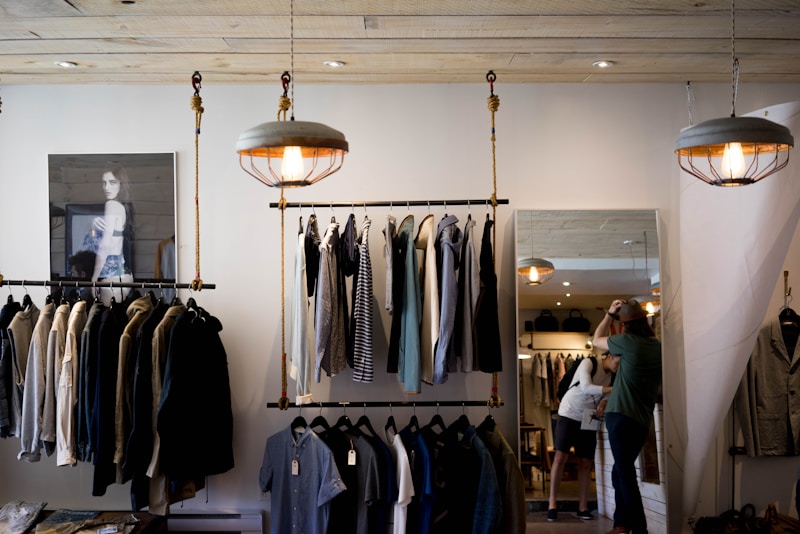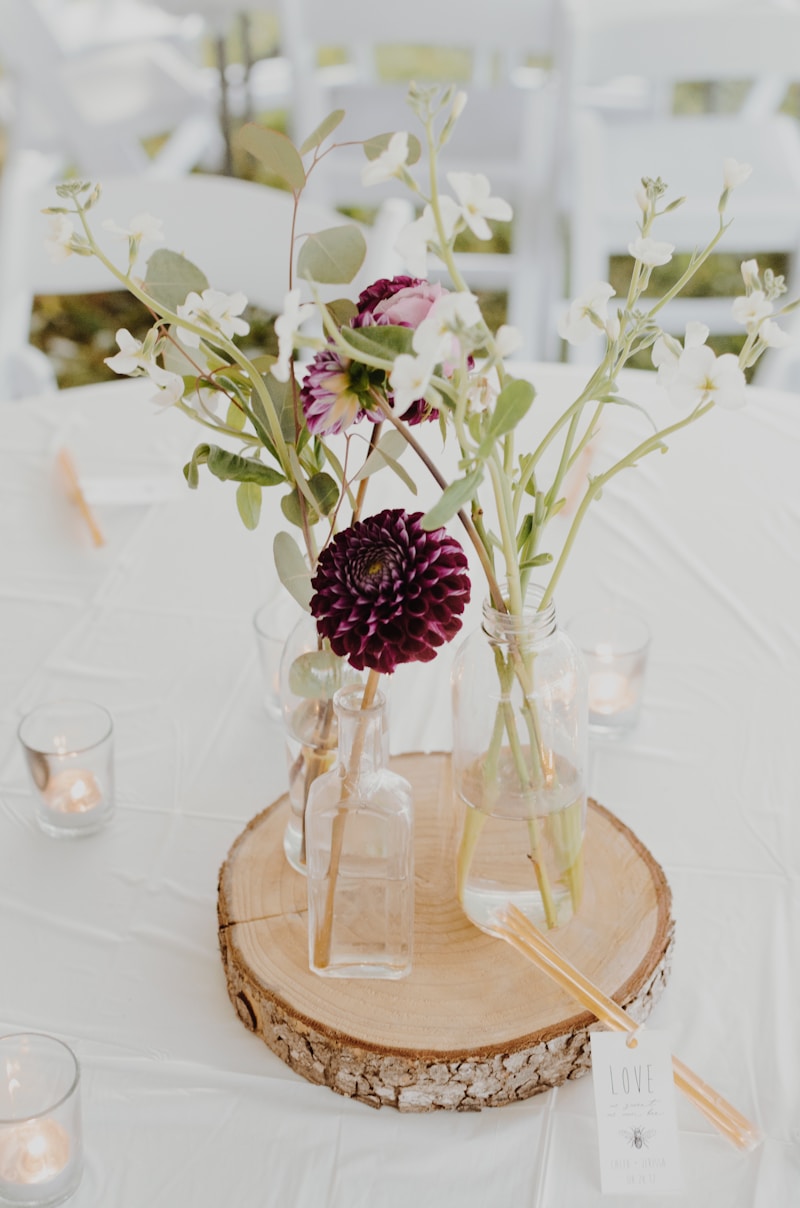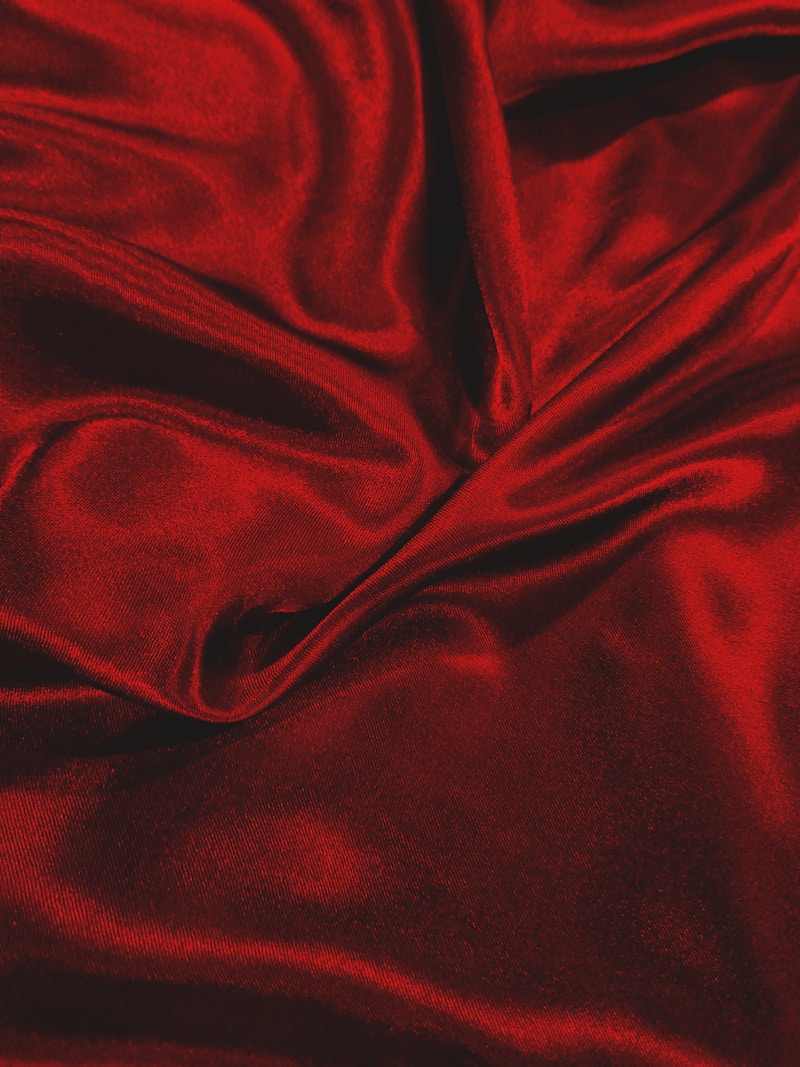Choosing Fabrics Based on Your Wedding Theme: A Comprehensive Guide
Introduction to Wedding FabricsPlanning a wedding can often feel overwhelming, and selecting the right fabrics for your wedding theme is a crucial yet often overlooked detail. The fabrics you choose will not only impact the aesthetics but also the comfort and feel of your big day. In this article, we will explore how to choose fabrics based on your wedding theme, ensuring every detail aligns with your vision and style.Why Fabrics MatterChoosing the perfect fabric can enhance the overall atmosphere and elegance of your wedding. Different fabrics carry unique characteristics, textures, and drapes that can evoke various moods. Here are some reasons why fabrics matter: Aesthetic Appeal: Fabrics can transform a simple design into a breathtaking one. Comfort: The right fabric can ensure comfort for both you and your guests. Theme Cohesion: Fabrics contribute significantly to the overall theme and vibe of your wedding.Understanding Your Wedding ThemeBefore diving into fabric choices, it's essential to clearly define your wedding theme. It will guide your selections and ensure that everything—from decorations to attire—harmonizes beautifully. Common wedding themes include:RusticVintageModernBeachWoodland settings, burlap, lace, and earthy tones.Soft pastels, lace, chiffon, and elegant fabrics.Clean lines, silk, satin, and bold colors.Light materials like linen, cotton, and airy fabrics.Identifying the key elements of your wedding theme will help you make informed fabric choi...
The Allure of Vintage Fabrics in Wedding Dress Design
In the world of wedding dress design, the allure of vintage fabrics has become increasingly prominent. Couples are constantly searching for ways to make their special day unique and memorable, and vintage fabrics offer a timeless elegance that modern materials often lack. This article delves into the charm and significance of vintage fabrics in wedding dresses, exploring their historical context, design possibilities, and the reasons behind their resurgence in today's fashion. Understanding Vintage Fabrics Vintage fabrics are generally defined as materials that were made at least 20 years ago. They come in a variety of types, including lace, silk, satin, and cotton, and each carries its own unique history. The appeal of vintage fabrics resides not only in their aesthetic qualities but also in the stories they tell. For many brides, wearing a gown made from vintage fabric can symbolize a connection to the past, evoking the romance of bygone eras. The Historical Context of Vintage Fabrics Many vintage fabrics originate from significant cultural and historical periods. The lace used in wedding gowns might date back to the Victorian era, while silk could come from the art deco period. Understanding the origins of these fabrics can add depth to a bride’s choice of design. EraType of FabricCharacteristics Victorian (1837-1901)LaceIntricate designs, romantic, detailed embroidery Art Deco (1920s-1930s)SilkShiny, luxurious, geometric patterns 1950sTaffetaCrisp, structured,...
Understanding the Flow and Movement of Different Wedding Fabrics: A Guide for Every Bride
Introduction to Wedding FabricsWhen planning a wedding, one of the most important decisions a bride will make is the choice of wedding fabric. The flow and movement of different fabrics can dramatically affect the overall look and feel of the wedding gown. Understanding the various types of fabrics available can help you choose the perfect one that not only complements your style but also enhances your comfort throughout your special day. In this article, we will delve into the characteristics of different wedding fabrics, their movement, and how to choose the best one for your needs.The Importance of Fabric ChoiceChoosing the right fabric for your wedding dress is crucial for several reasons. First, the fabric dictates the silhouette and structure of the gown. Second, it impacts the overall comfort, especially if your wedding lasts for several hours. Lastly, different fabrics produce different vibes, from romantic to modern, making it imperative to select a fabric that aligns with your wedding theme.Common Wedding Fabrics and Their CharacteristicsWedding fabrics come in various types, each with unique characteristics. Below are some of the most popular fabrics used in wedding gowns, along with their flow and movement:FabricCharacteristicsMovementSatinSmooth, glossy finish; luxurious feelSoft drape that enhances elegant movementsTulleLightweight, sheer fabric; often layeredCreates volume; stiff movement leading to a fuller silhouetteLaceIntricate patterns; delicate textureFle...
Bridal Fashion: How Fabric Shapes Your Wedding Vision
Understanding Bridal Fashion: The Role of FabricWhen planning a wedding, one of the most exciting yet daunting tasks is selecting the perfect bridal gown. Bridal fashion encompasses not just the style but also the fabric used, which dramatically influences the overall look and feel of your wedding ensemble. This article dives into the world of bridal fashion and explores how different fabrics can shape your wedding vision.The Influence of Fabric on Bridal FashionChoosing the right fabric for your wedding dress is crucial as it sets the tone for your entire bridal look. Fabrics not only affect the gown's silhouette but also the comfort and movement, which are essential for any bride on her special day. Here, we will explore various types of fabrics frequently used in bridal fashion.Fabric TypeCharacteristicsBest Suited ForSatinSmooth, glossy, luxuriousFormal weddings, classic designsLaceDelicate, intricate, romanticVintage weddings, ethereal looksChiffonLightweight, flowy, softBeach weddings, bohemian stylesTaffetaCrisp, structured, elegantGrand ceremonies, ball gownsOrganzaSheer, lightweight, versatileLayered looks, modern designsPopular Bridal FabricsLet's delve a bit deeper into some of the most popular fabrics used in bridal fashion:SatinSatin is often synonymous with elegance. Its smooth texture and shine offer a glamorous finish, making it a popular choice for traditional bridal gowns. Satin gowns can range from simple A-line styles to more elaborate ball gowns, and they...
Fabrics That Flatter and Enhance Different Body Types: A Comprehensive Guide
Fashion is not just about style; it's also about how well our clothing complements our body types. The right fabrics can transform your appearance, enhance your natural features, and boost your confidence. In this guide, we will explore various fabrics that flatter and enhance different body types, offering tips to choose the best materials for your wardrobe. Whether you have an hourglass figure, a pear shape, or an athletic build, this article will help you navigate the world of fabrics with ease.Understanding Body TypesBefore diving into the fabrics that work best for you, it’s crucial to understand the different body types. Generally, body types are categorized into the following:Body TypeDescriptionHourglassDefined waist with similar bust and hip measurements.PearWider hips and thighs with a narrower bust and waist.AppleWider bust and shoulders with a less defined waist.RectangleNo significant difference between bust, waist, and hip measurements.Inverted TriangleWider shoulders and bust with narrower hips.Recognizing your body type is the first step to selecting the right fabrics!Fabrics That Flatter Each Body Type1. Fabrics for the Hourglass FigureThe hourglass figure is often considered the ideal shape due to its balanced proportions. Here are some fabric suggestions:Stretchable Fabrics: Materials like jerseys and spandex conform to your curves, accentuating your figure.Structured Fabrics: Fabrics such as cotton twill and suiting materials provide definition without bei...
Unveiling the Latest Innovations in Wedding Dress Fabrics and Textiles
The world of weddings is always evolving, and one of the most exciting areas of this evolution is the innovation of wedding dress fabrics and textiles. Every bride dreams of wearing a dress that not only embodies elegance but also showcases the latest trends and technologies. This article delves into the newest innovations in wedding dress fabrics, exploring the materials that enhance design, comfort, and sustainability.The Evolution of Wedding Dress FabricsTraditionally, wedding dresses have been made from classic materials like silk, tulle, and satin. However, the landscape has transformed significantly over the years, with designers experimenting with a variety of new fabrics. These innovations not only offer aesthetic appeal but also focus on comfort, durability, and sustainability.1. Sustainable FabricsAs the world becomes more environmentally conscious, sustainable fabrics have emerged as a significant trend in wedding dress design. Fabrics like organic cotton, hemp, and linen are becoming increasingly popular, as they require fewer resources and have a smaller environmental footprint.Fabric TypeBenefitsOrganic CottonBiodegradable, soft, and breathable.HempDurable, grows quickly, and requires minimal water.LinenNatural, stylish, and moisture-wicking.2. High-Tech FabricsAdvancements in technology have paved the way for high-tech fabrics that offer enhanced functionalities. For instance, moisture-wicking fabrics are now being used to keep brides comfortable throughout the...
How to Test Fabric for Quality and Comfort: A Comprehensive Guide
Understanding Fabric Quality and ComfortWhen it comes to selecting the right fabric for your clothing or home furnishing, understanding how to test fabric for quality and comfort is essential. With the abundance of choices available in the market, consumers often find themselves overwhelmed. In this guide, we will walk you through the different methods and techniques to evaluate the fabric's quality and comfort, ensuring you make informed decisions for your purchases.Why Quality and Comfort MatterThe fabric quality and comfort level of a material can significantly affect the overall experience of wearing clothing or using home textiles. High-quality fabrics offer durability, longevity, and better appearance over time. On the other hand, comfort is crucial for ensuring that the fabric feels pleasant against the skin and fits effectively. The importance of assessing these qualities cannot be overstated, especially if you want your investment to last and provide satisfaction.Key Factors in Testing Fabric QualityTo thoroughly evaluate fabric quality, there are several key factors to consider:1. Fiber ContentThe fiber content of the fabric determines its texture, weight, and overall performance. Common natural fibers include cotton, linen, wool, and silk, while synthetic fibers consist of polyester, nylon, and acrylic. Understanding the properties of different fibers can help you gauge their suitability for your needs.2. Weave and ConstructionThe way fabric is woven or constructed...
